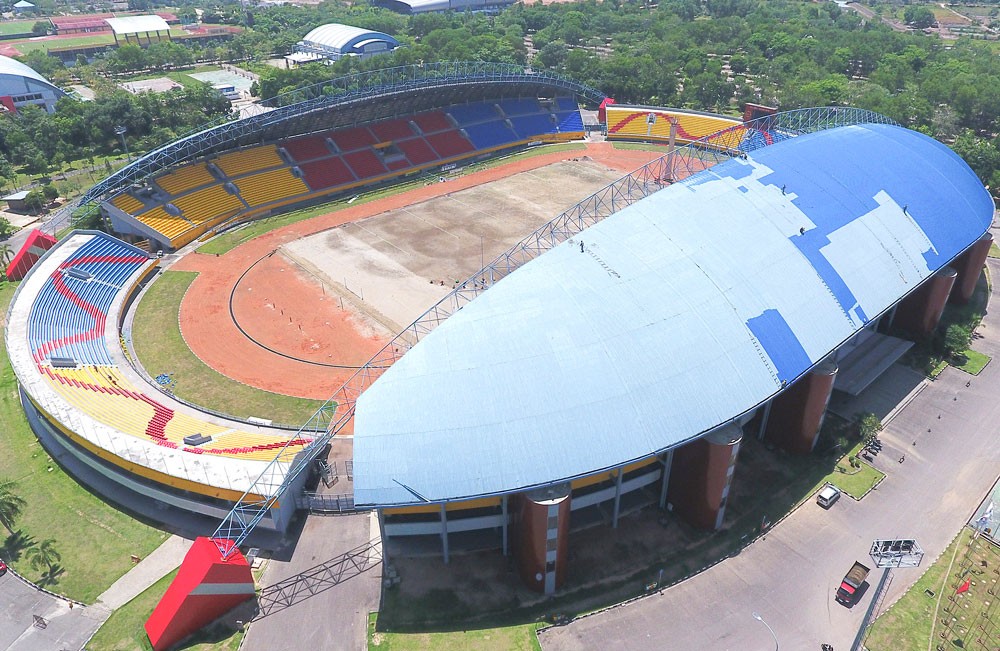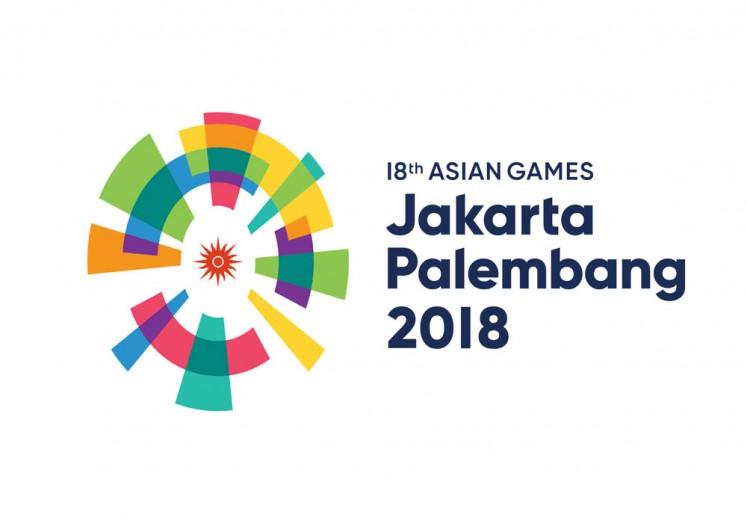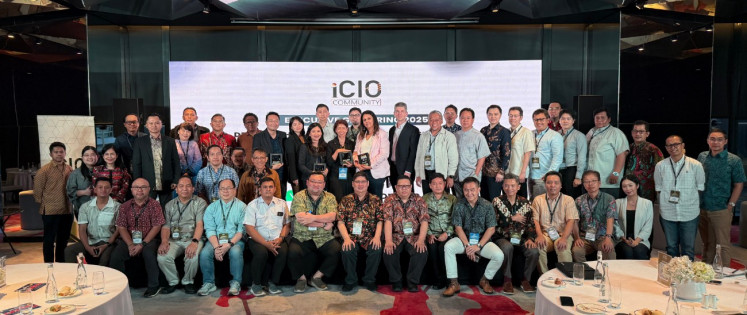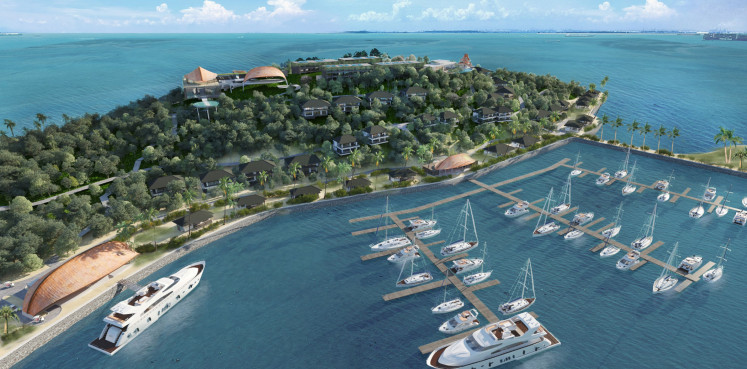Popular Reads
Top Results
Can't find what you're looking for?
View all search resultsPopular Reads
Top Results
Can't find what you're looking for?
View all search resultsTracing history of GBK and JSC
Change text size
Gift Premium Articles
to Anyone
A
ll eyes will be on Gelora Bung Karno stadium (GBK) in Jakarta and the Jakabaring Sport City (JSC) in Palembang, South Sumatra, as the two sport complexes are set to host the 2018 Asian Games, Asia’s biggest sporting event.
While preparations are underway in the two cities, including the construction of sporting venues and its supporting infrastructure, the two stadiums have their own unique stories, despite the 55-year-old GBK having more to tell than the 12-year-old JSC.
GBK was built 14 years after Indonesia gained independence, when then President Soekarno issued Presidential Decree No. 113/1959 on the formation of the Indonesia Asian Games Council.
Teaming up with then minister of information Raden Maladi, previously the chairman of the Indonesian Football Association, and Frederik Silaban as the architect, Soekarno, popularly known as Bung Karno, planted the first pole to mark the construction of Indonesia’s national stadium on Feb. 8, 1960. The ground breaking ceremony was witnessed by then leader of the Soviet Union Nikita Khrushchev, as the government had secured US$12.5 million from the Soviet Union to finance the construction of the stadium.
Soekarno inaugurated the stadium, with a capacity of 110,000, on Aug. 24, 1962 together with the first broadcast of the Indonesian Television Station (TVRI).
The stadium serves a soccer venue for international games and is surrounded by a 920 meter athletic track, with a 105 x 70 meter soccer field in the center.
Ahead of the 2007 Asia Cup, the stadium was renovated, reducing the capacity to 88,083. The reduction was aimed at providing room for disabled spectators.
The name Stadion Gelora Bung Karno was once changed to Stadion Utama Senayan under the Suharto administration. It returned to its original name under the leadership of Abdurrahman Wahid in 2001.
Julius Pour, in his book titled Dari Gelora Bung Karno ke Gelora Bung Karno (From Gelora Bung Karno to Gelora Bung Karno) says Bung Karno’s decision to build a stadium was not to merely provide a venue for the 1962 Asian Games, but also build a national treasure.
Visitors will be fascinated by its huge steel roof that forms a giant ring over the stadium, called temu gelang (connected ring). Other than giving shade to spectators, this giant ring emphasizes the grandeur of the stadium.
Beyond sporting activities
It is no secret that following further renovation, GBK’s function has moved beyond providing a venue for sporting activities, especially soccer. Political parties or mass organizations have also used the stadium as a venue for campaigns or celebration.
Meanwhile, JSC is closely linked to national sport week (PON). Palembang was selected as a host for the 16th PON in 2004.
As host of the national sport event (PON), the Palembang administration was in need of a stadium to provide an adequate venue for the games that featured athletes from provinces across the country. The local administration then chose to build the stadium in the then underdeveloped Jakabaring area.
Jakabaring was once a quiet area. However, it became lively when the local administration began to develop a new, modern and international sport complex with a capacity of 40,000 in 2001.
The stadium, also recognized as Gelora Sriwijaya, is home to a soccer field and other sporting facilities such, among others, a running track and athletics arena.
JSC comprised only a main stadium and two sport halls, Gelora Olah Raga (GOR), Dempo and Gelora Olahraga Ranau, when the stadium was host of the 16th PON.
More sporting facilities were added to the stadium ahead of the 26th Southeast Asian Games in 2011. The sports complex was inaugurated by then president Susilo Bambang Yudhoyono on Nov. 11, 2011.
Additional sport venues will be built to host the 2018 Asian Games.
Visitors to Jakabaring Sport City will see a shining blue curved roof in one of its corners, under which stand a traditional carved wall in the Palembang style.
Standing on the top of the stadium, you will be treated to stunning views of Palembang city, Ampera Bridge and the Musi River.
JSC, with a capacity of 40,000, is one of the biggest stadiums in Indonesia, with its grandeur, as many people say, comparable to Gelora Bung Kano in Jakarta.
With its unique history and sporting facilities, both Gelora Bung Karno Stadium and Jakabaring Sport City are ready to accommodate the spirit and enthusiasm of the 2018 Asian Games, Asia’s biggest sport event.











